Journey to Rome ~ Traversing the ominous to conquer the darkness
(You know what they say about London buses, wait for one and three turns up. I’ve been so fortunate to be able to feature three amazing photographers recently, and this is the third.)
Donning a baseball cap and wearing a bright yellow t-shirt, she smiled and said hello to me at the Camucia-Cortona train station. She was the only person smiling in the 30c heat, and introduced herself. Then I recall seeing her at the Cortona-On-The-Move festival but apologised that I had not talked with her during the last three days. She showed me her photo book The Rage of Devotion, a recent winner at Arles, and it clicked. This is Liza Ambrossia. Our journey to Rome took slightly longer than 2 and a half hours, so we chatted about her awards, projects, her book and about life in general. She was also trying to arrange accommodation in Rome at the same time. She kindly offered me plums from her landlady’s garden.
Q. You have just completed your ‘festival’ tour in Europe where you have been awarded a couple of major prizes, the FNAC Talent Award 2018 for your series Blood Orange and also at Arles, scooping the best photobook prize from the Voies Off Awards with The Rage of Devotion. I’d like to wish you many congratulations on receiving these prizes. Thank you for saying hello to me at Camucia-Cortona railway station and showing me your book, otherwise, I would not have discovered your wonderful work!
The success of your works depends on the amazing esoteric imagery that you produce, and the non-linear approach to editing your projects into fantastic, almost dream-like stories. How do you inspire yourself to create these images? Do you have a set formula following the story outline, or do you make the images randomly and put together at a later stage?
LA : Free association is the key to my line of work, a psychological process that gives independence to creativity in a mental state of emancipation directly related to the emotional state of the person who practices it. What we manage to retain from life not only from photography has to do with three essential points according to my criteria, what can be seen, what we want to see and what is revealed to us. To this I adhere structures of my contradictory personality: ease to live and radical when it comes to projecting stories.

Q: During our two and a half hour train ride to Rome, we chatted about many things – UFO’s, chupacabras, demons, death, eagles, snails, narco killings, Manila, Marcos, about your childhood and the scholarship you gained in Spain. Your influences to your work are clearly derived from many experiences and circumstances in your life and travels, growing up in Mexico and Spain. However, the overall theme of your works is about identity, longing and a sense of regret, I feel. Is there any truth in this, and are your photographs a sort of self-reflection or examination of your personal journey as an artist, always in search of the unreachable?
LA : Extraordinary memory yours, my dear friend … But I must emphasize that from my perspective my work does not speak of repentance; but speaks of revenge, of madness, of the monstrous thing that lives in our souls and how to reach freedom after destroying the universe in which chance has placed us (family, religion, homeland, name or physical). I intend for my work to be what I am as a person, someone who believes that social structures are a drag on imagination and growth. My work talks about what I have lived, suffered, loved, hated, dreamed and desired. I am not afraid to speak with my images of my dark, comedic or immoral inclinations. My ambition is to achieve the greatest freedom that the religion of art can give me.
This slideshow requires JavaScript.
Q. You write that ‘reality is overrated and fantasy underrated…”. The imagery of your works can be said to be ‘Lynch-ian’ in some respects, even nightmarish. eg. the arm with snails, the eagle eating the frail hatchling, and the numerous masked faces in The Rage. Is there a sense that you wish to provoke a reaction, any reaction from your viewers, that leads them to question your work or the images are purely to illustrate the concepts that you have to tell your story effectively, (ie. not caring about your viewers).
LA : Artists like me are beings led by demons and we are aware that these demons also observe us (the spectators). I like to write, make videos, images, tell stories, talk to strangers, the football and travel like a dog without a house as if I did not have tomorrow. I am an extremely passionate and passionate person for love and hate, to celebrate and to desolate, to live. I grew up in an atmosphere of chaos and exhausted my childhood and adolescence in that triangle of self-destruction; I currently know that there are many images that I already have inside and when I find them I collect them knowing that I am showing my demons. Demons with the ability to scare or fascinate.
Q. You also write that you are searching for the ‘transgressive aesthetic of the strange and the ‘every day’. I think you have succeeded in many ways, looking at your works in Blood Orange and The Rage. What is your next project and will you continue with this aesthetic, or perhaps go in a new direction altogether?
LA : My aesthetic continues to grow and is increasingly derived from film and short films because it is a language in which I recognize myself more. Although I will continue to make photobooks. My next project will talk about another dark moment in my life, suicide a personal complex because my father committed it and I could address it in a different way by living a few weeks in Switzerland two years ago when I discovered that deciding to die is a legal and even possible human right to pay. So I’m generating an optimistic opinion around the subject, in a project that will not take long to hang on my website more than a couple of months.

LIZA AMBROSSIO, Rome Termini, July 2018 © Steven Lee
www.lizaambrossio.com
BIO
(B. in Mexico City, Mexico) Liza Ambrossio is a Mexican artist who lives and produces in Madrid, Spain. Winner of Voies Off award 2018 prize of the photography meetings in Arles, France, she is the winner of the FNAC New Talent Award, Spain, 2018; and the Discoveries award 2017 of the PHotoEspaña festival and La Fábrica. Her body of work mixes macabre archive photographs with cryptic paintings, performance, intervention, videos, psychology, nightmares, science fiction and witchcraft that unites by free association.
Liza’s work has been published on the network of Center of the image (Mexico City), Fototazo (Colombia-United States), Espacio Gaff (Mexico-Venezuela) and L’Oil de la Photographie (France). Liza has been granted a scholarship to study production residences in Iceland and the United States (2017). She has been selected as a finalist in the 50 best young promises of the Emerging Talent of Lens Culture 2016 in Amsterdam, Holland and selected in New Visions 2018 of the Cortona On The Move festival, Italy. In March 2018 she presented her first photo book ‘The anger of devotion’ (The Rage of Devotion) edited by Desiertas Ediciones (México) and La Fabrica (Spain) within the Fotofest of Houston, Texas, United States.





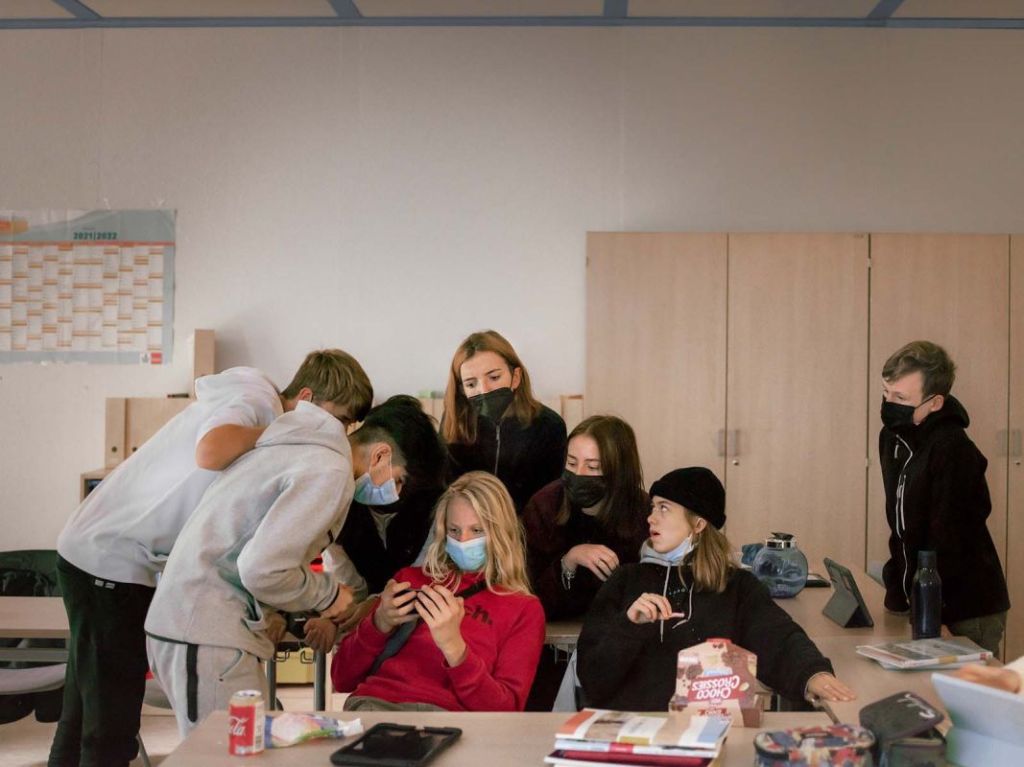



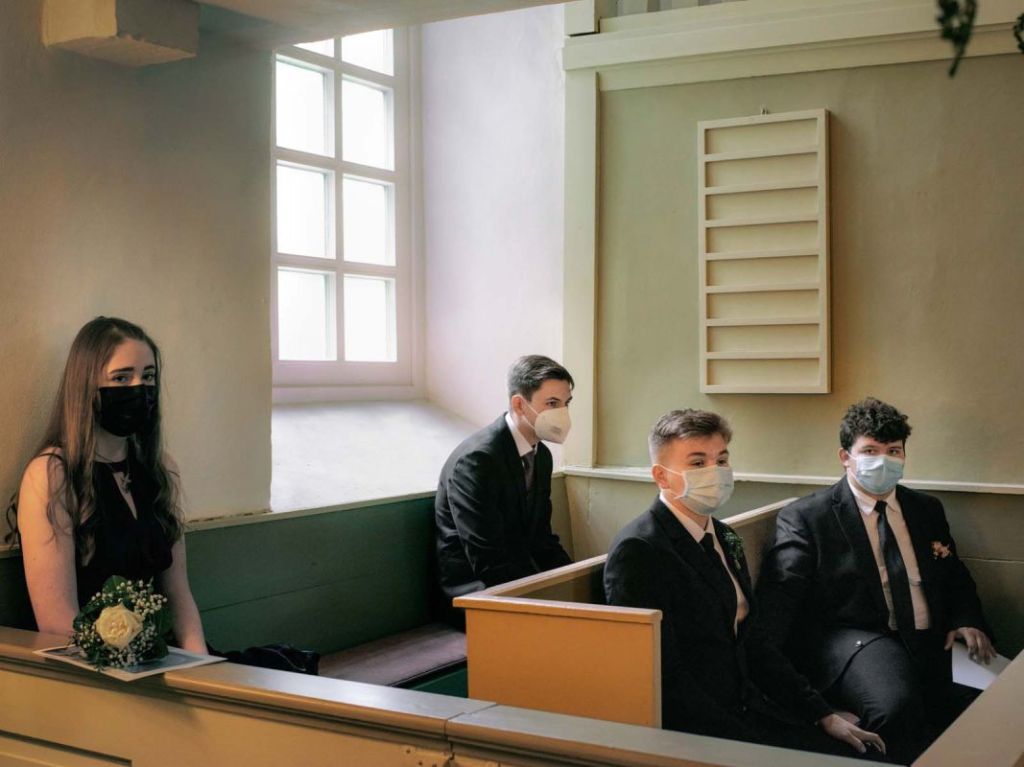








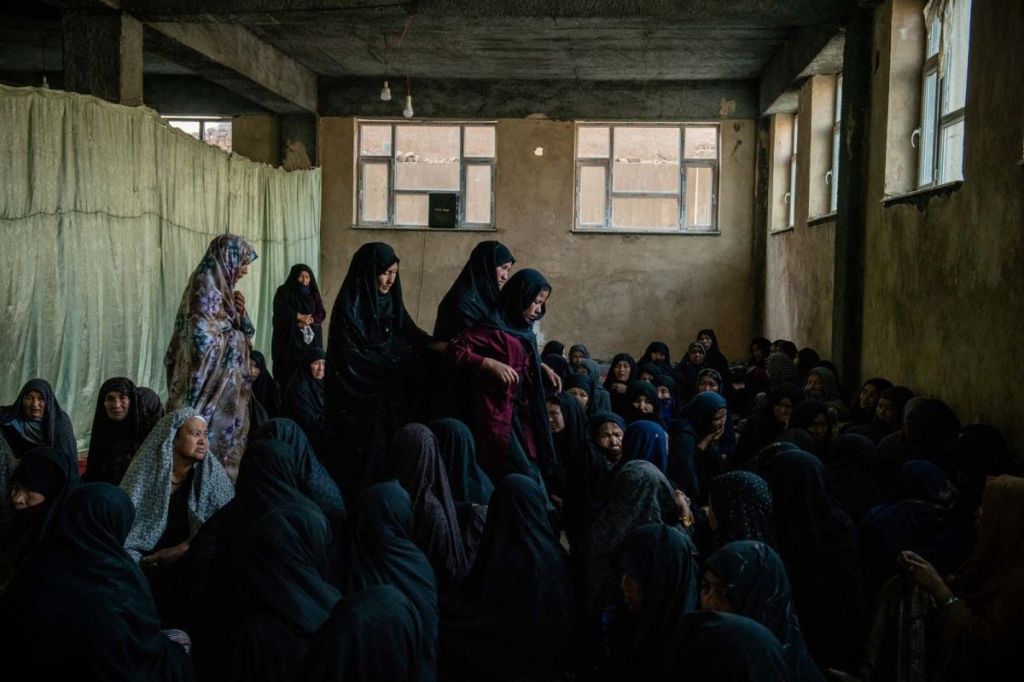


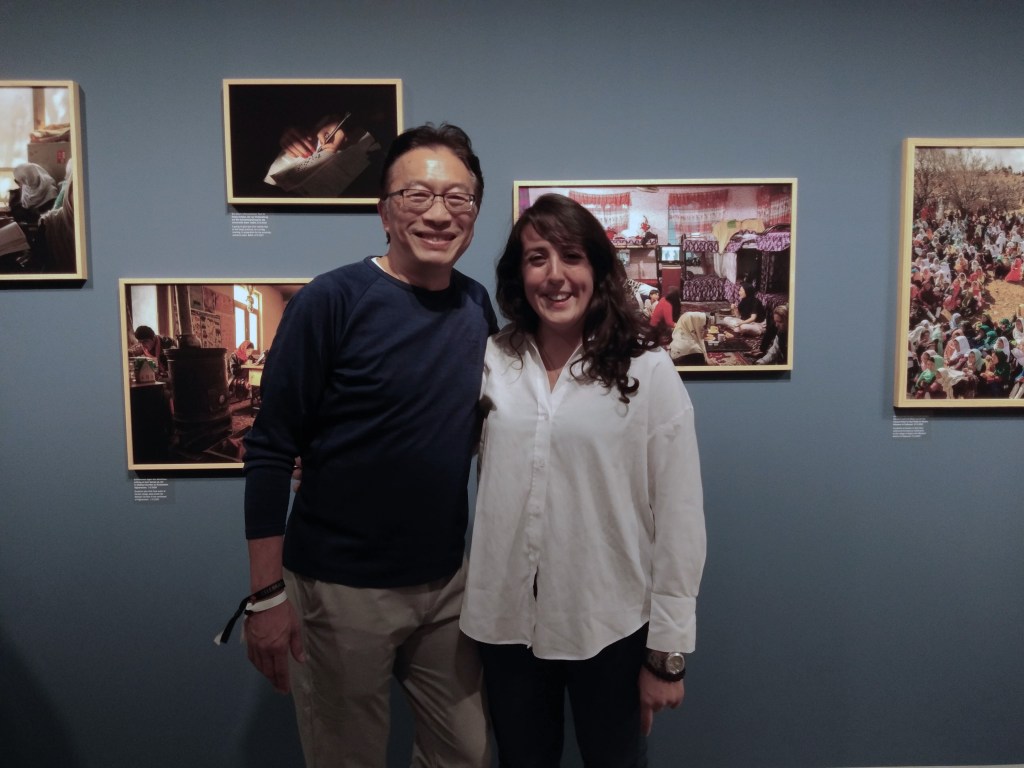







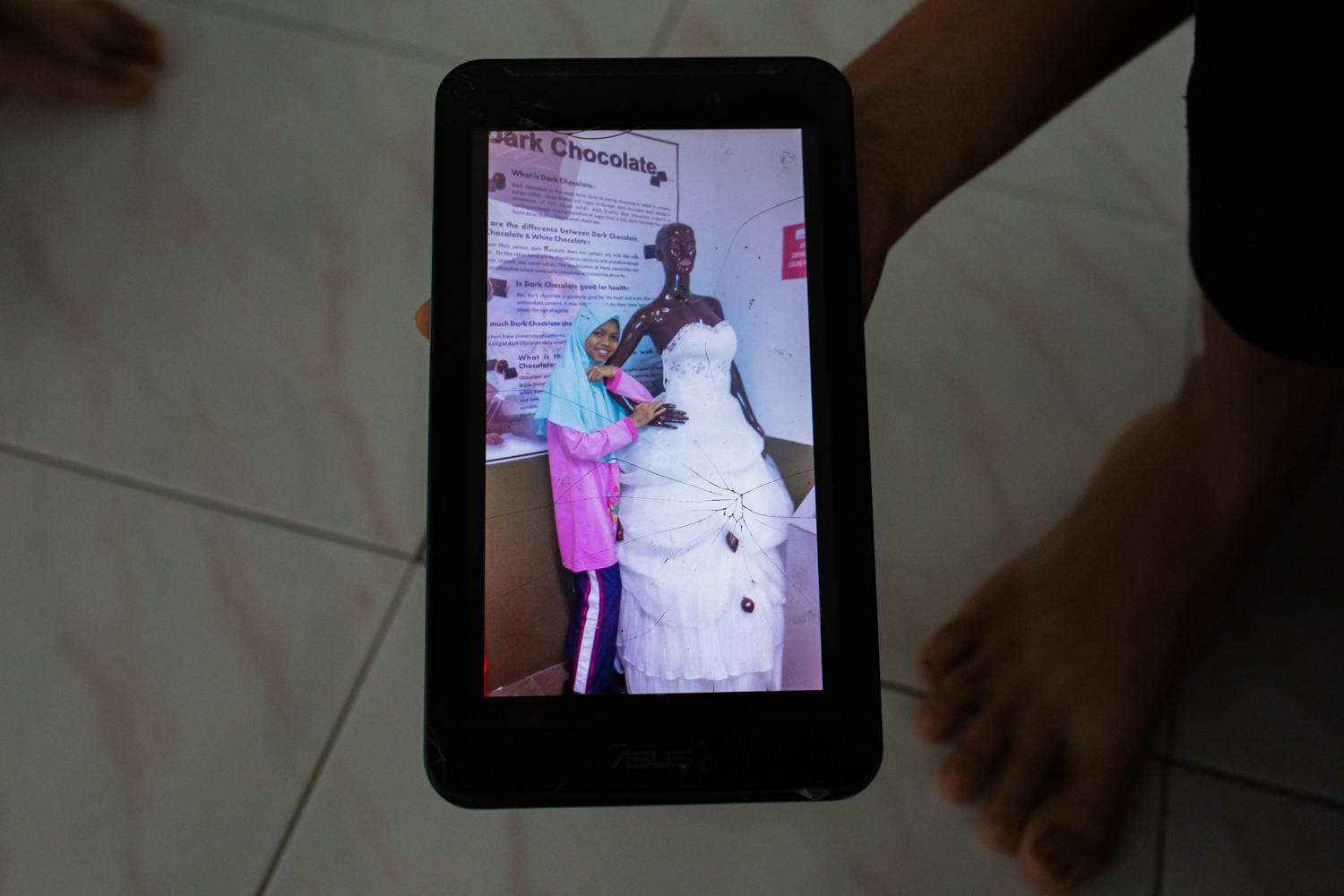





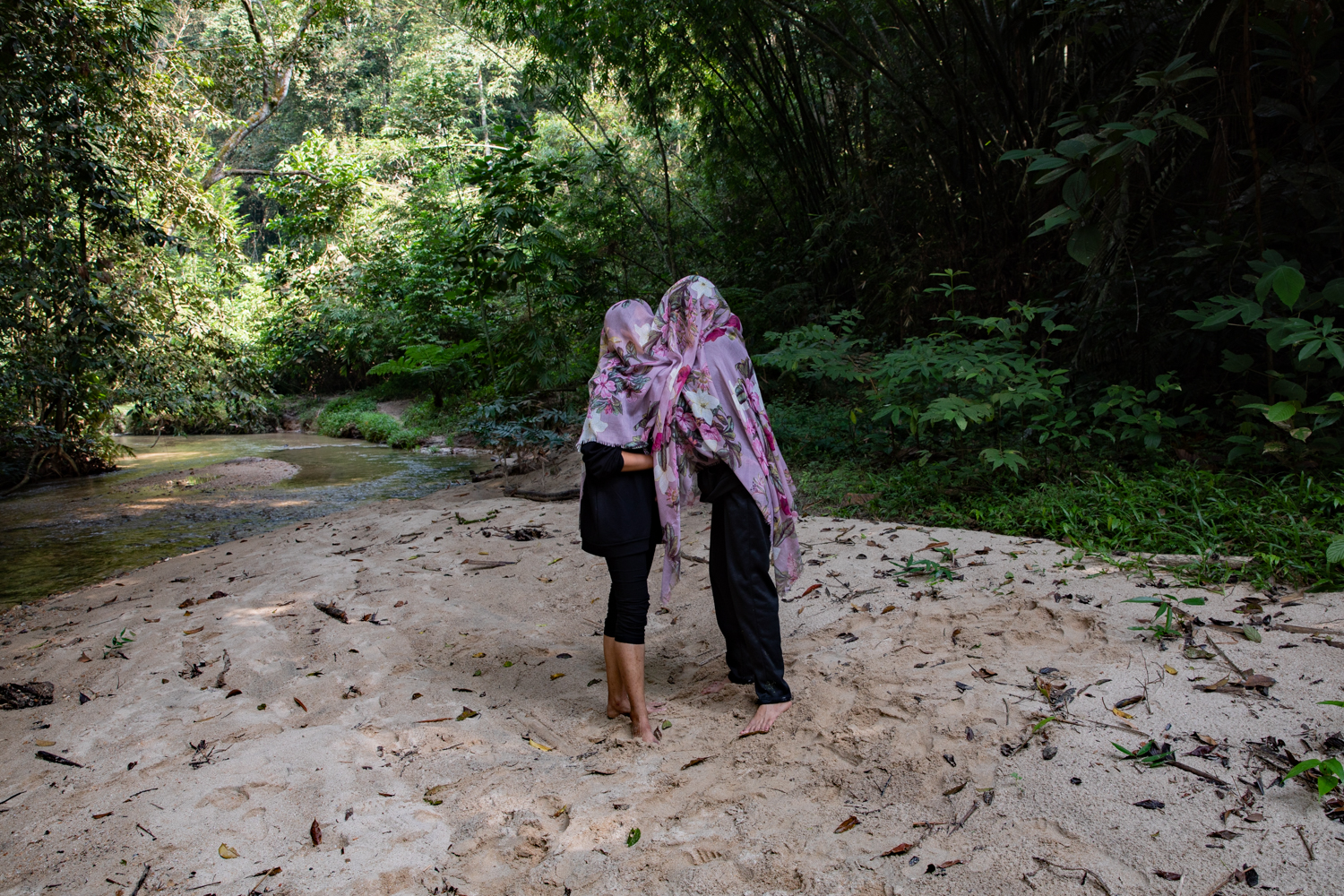


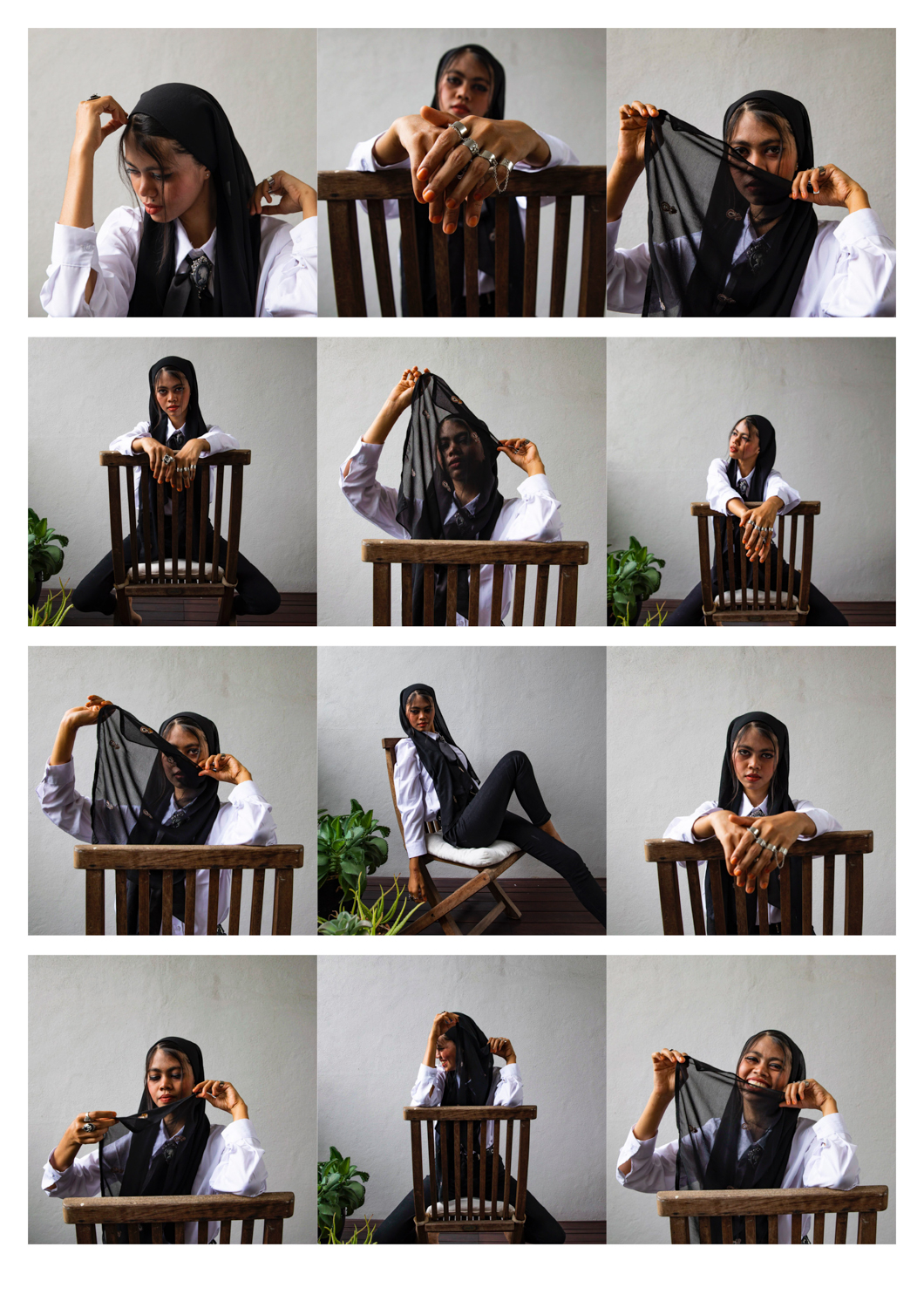





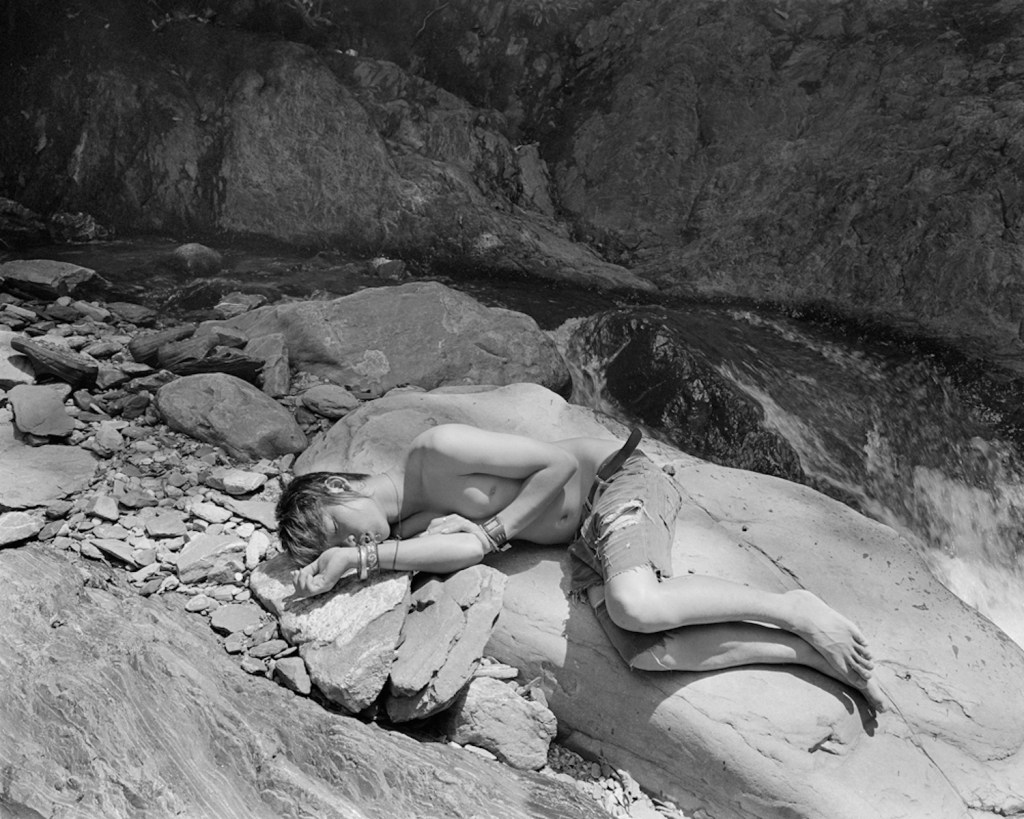





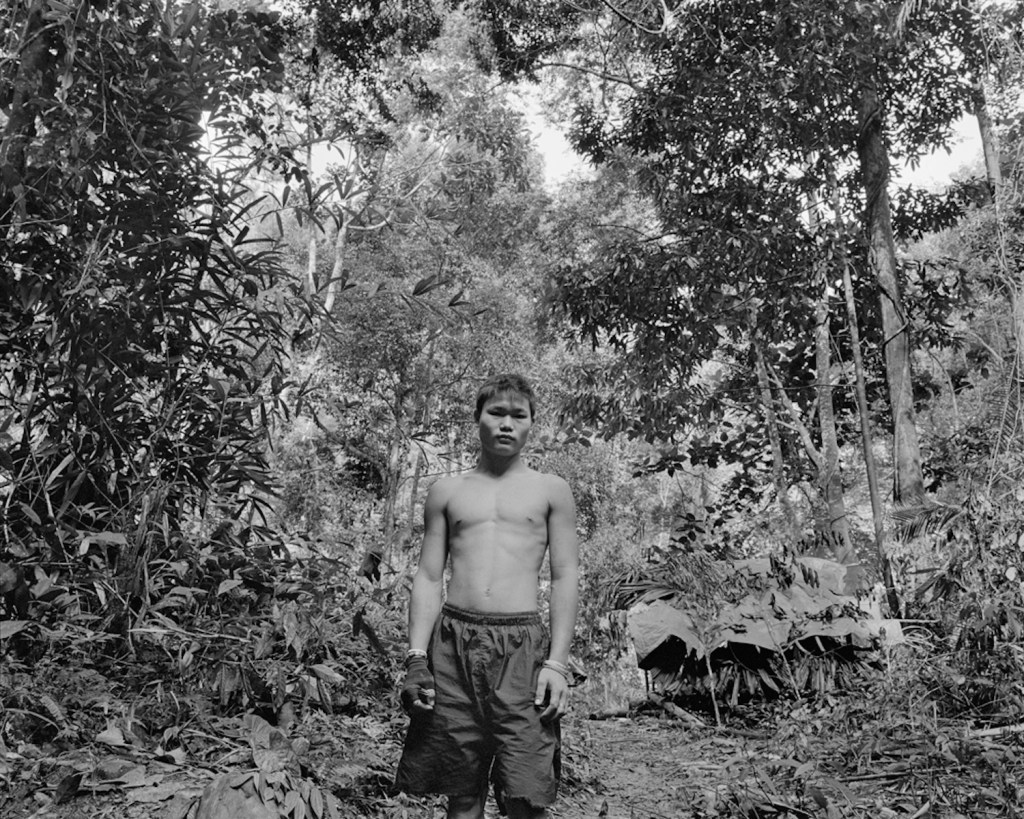



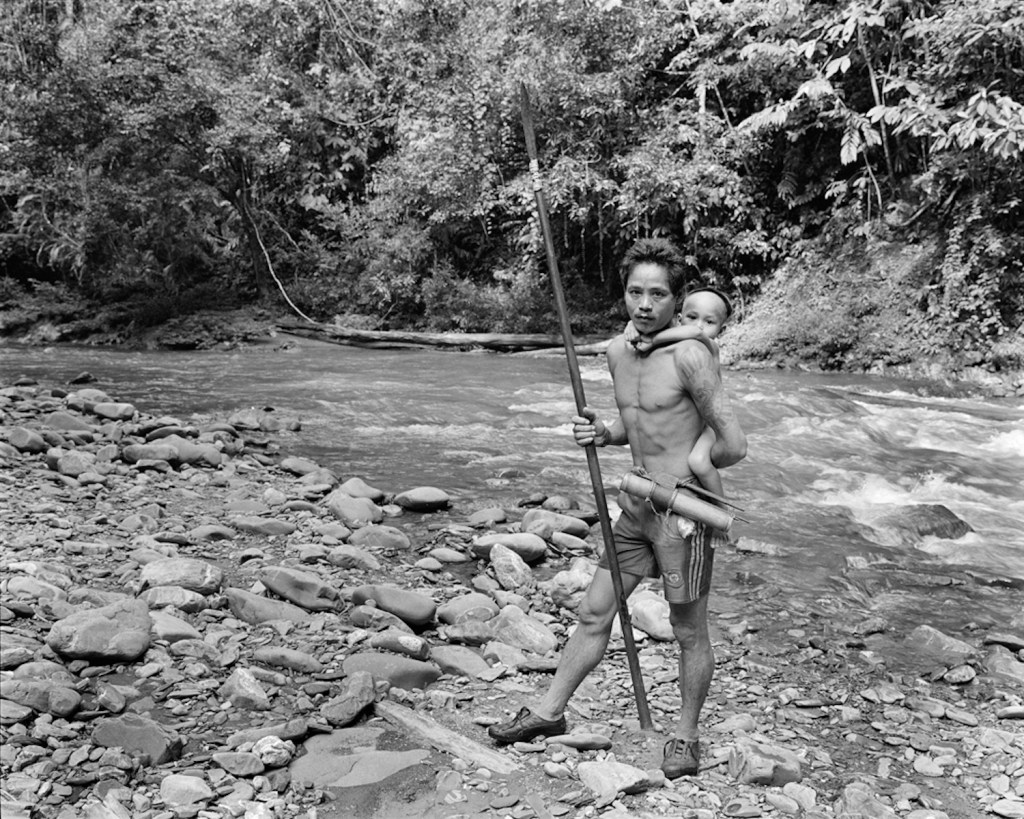
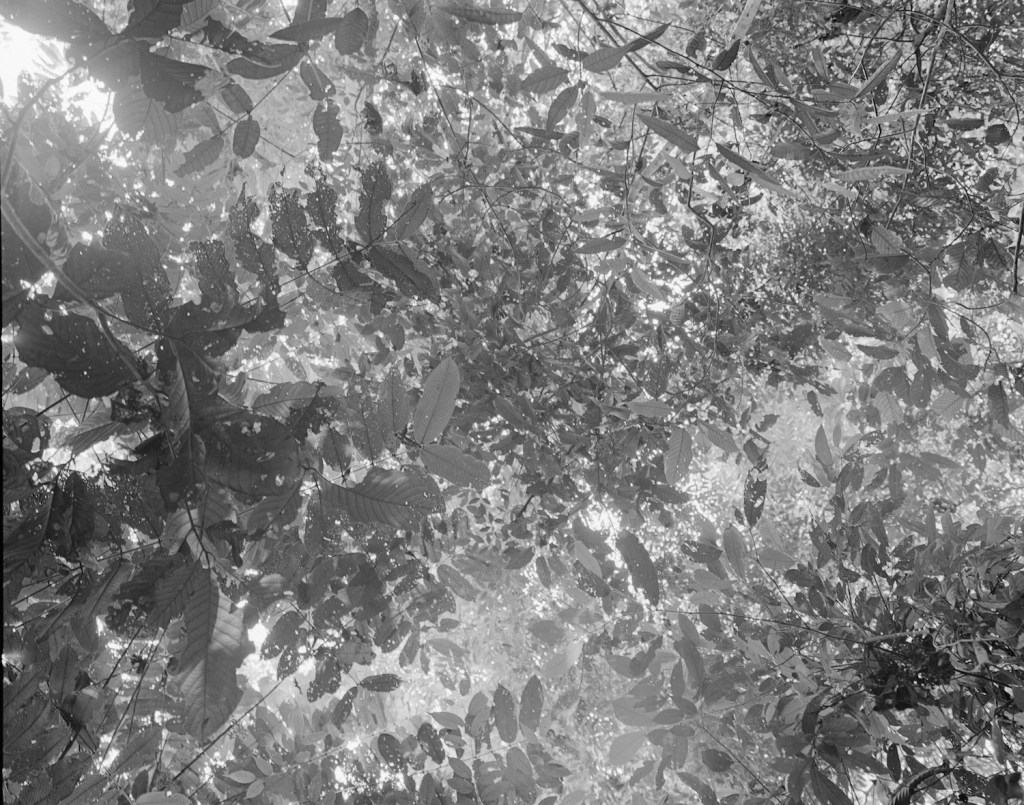






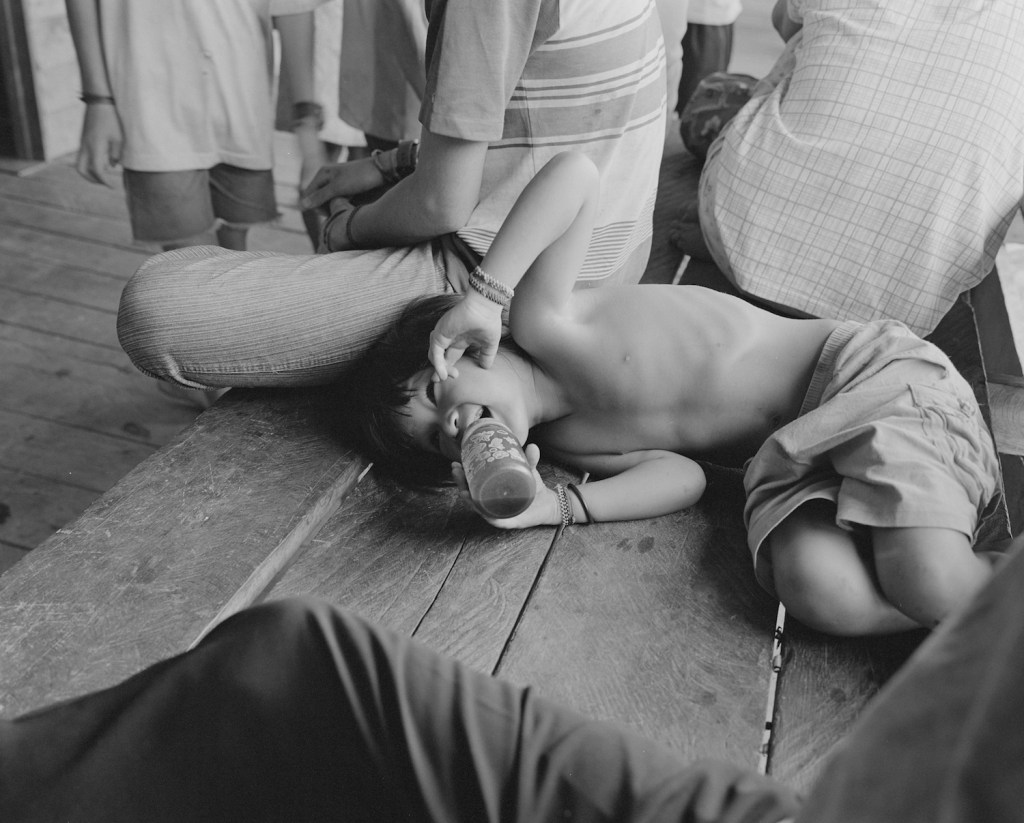
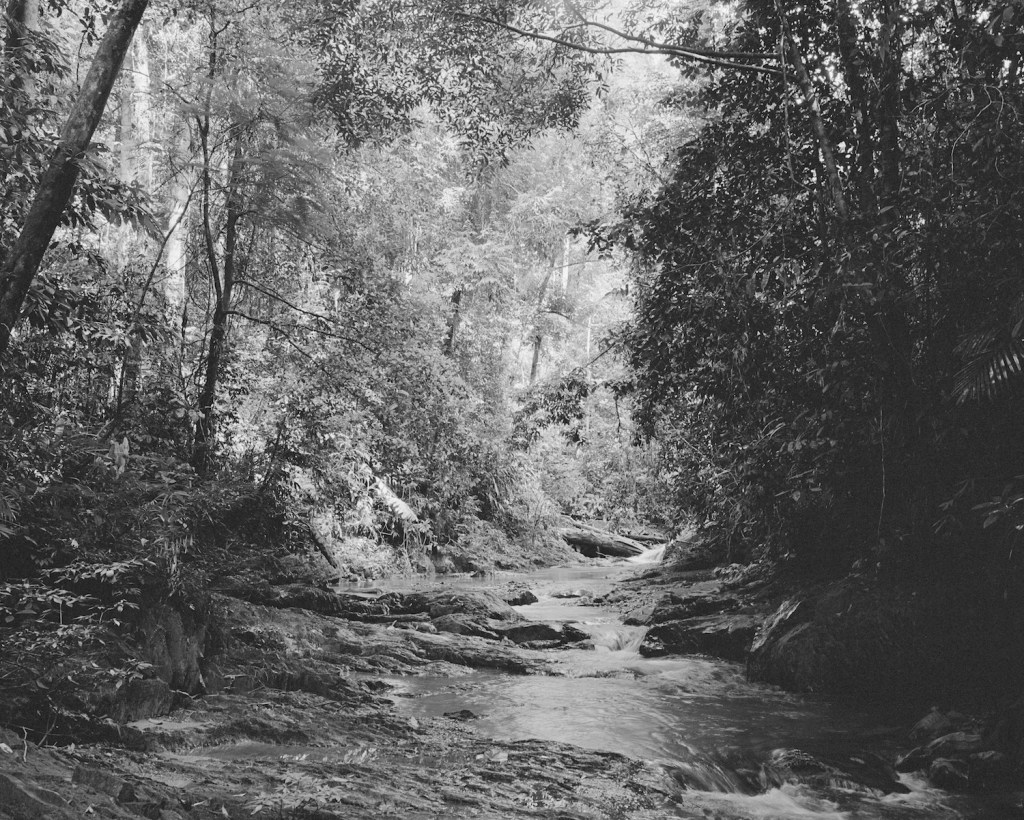










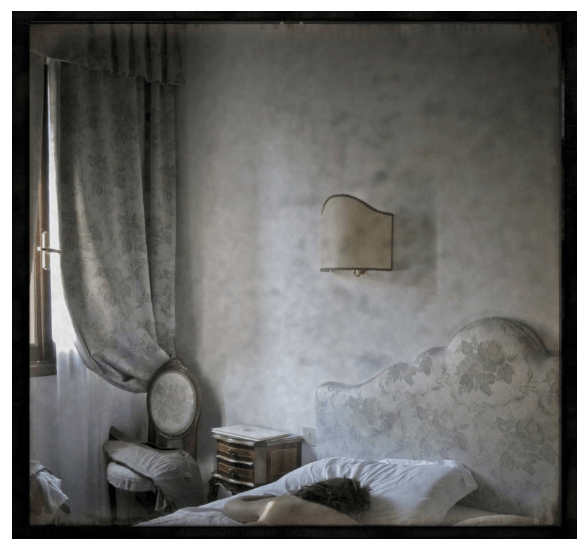



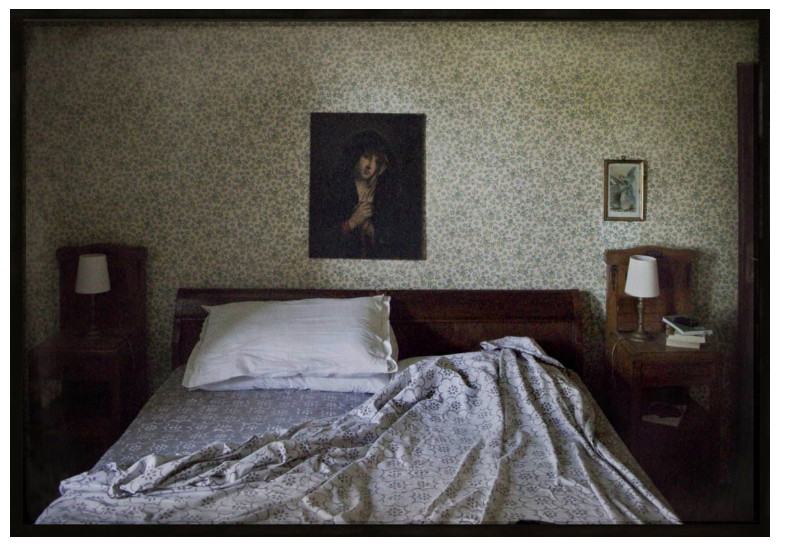

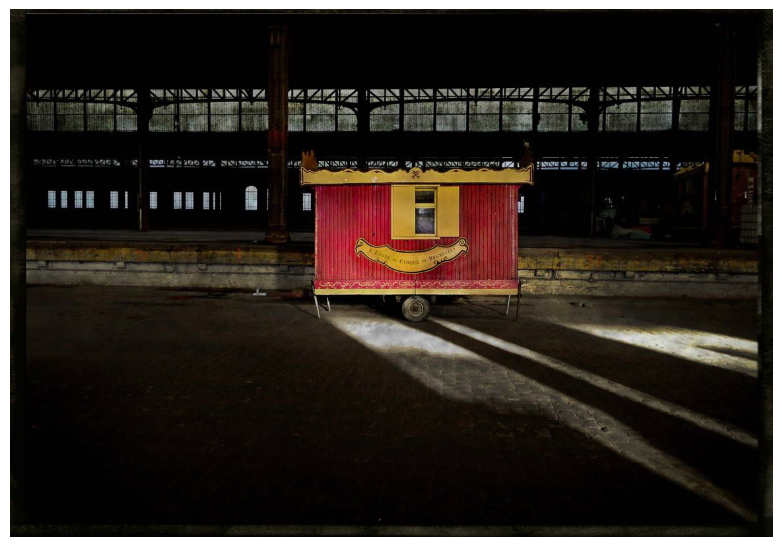




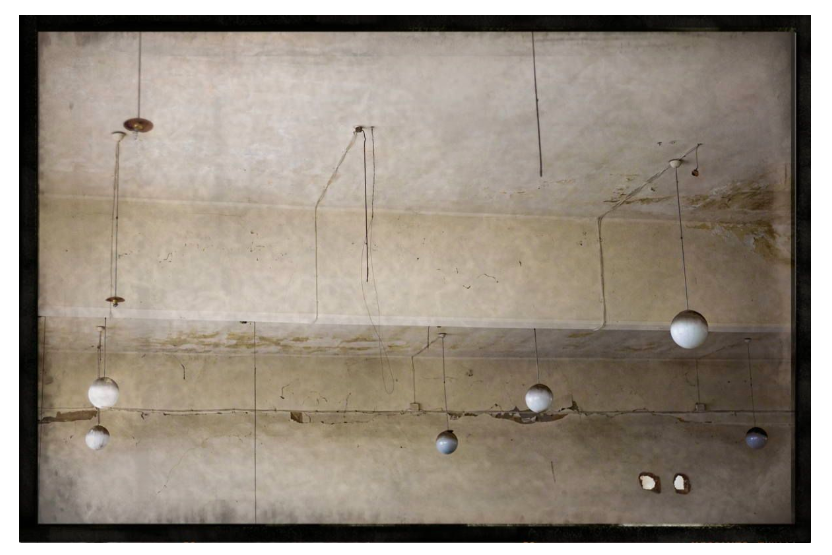






























You must be logged in to post a comment.